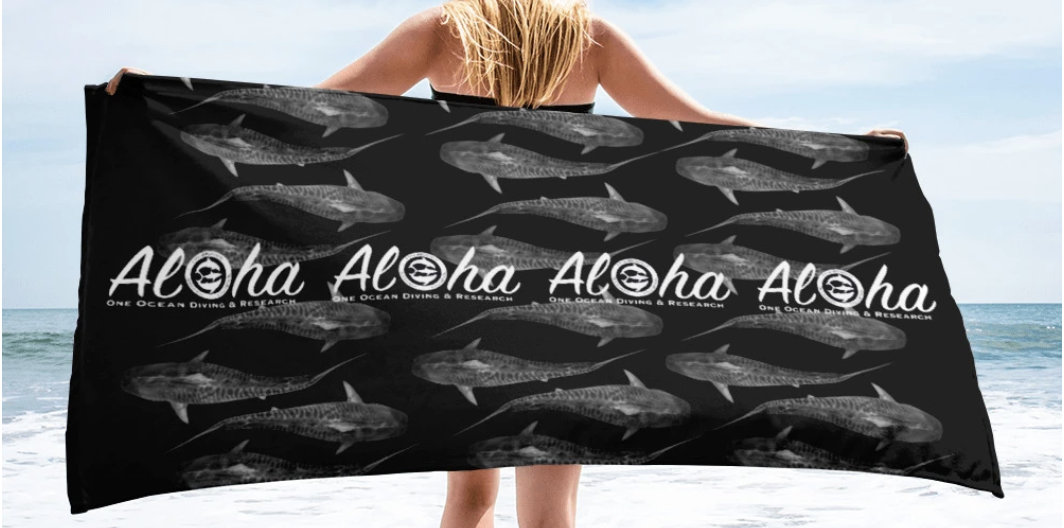The ‘aumakua, a guardian spirit watching over families and individuals, has been understood in Hawaiian families since time immemorial. In Pacific Studies from American Anthropologist published in 1917, Maria Beckwith writes that the ‘aumakua has no form.
“It comes in the shape of a wish into the mother,” she records. “When she is in trouble she prays and the object comes before her. After the one dearly loved passes away, he is worshiped, the dead one’s spirit is fed with ‘awa (the intoxicating drink of the Hawaiian). Or if a child comes before its time, unformed, lifeless, such a child is thrown away. The spirit comes back. The mother is then unlike herself—the face is the same but the thought is changed.”
The spirit appears and acts as not itself but in the character of the spirit whose medium it takes. To strengthen the ‘aumakua, families offered prayer, food, and drink.
Logically any creature, plant, or object could become an ‘aumakua, Beckwith writes, but there are certain ones regarded as god bodies. On the coast, for example, sharks are often the objects selected for veneration.
Typically a shark ‘aumakua’s presence is felt in good fortune. They can provide luck to a fisherman or prevent him from drowning. Generally, they provide counsel.
Kalama Keaulana has managed the One Ocean Diving property for over a decade. His ‘aumakua is a tiger shark, he said.
“I don’t believe in coincidence, so to speak,” he said, “but yeah it was coincidental.”
Growing up, Kalama heard stories of his ‘aumakua from his grandparents, uncles, and aunties on camping trips and family gatherings, he said. It was a way of understanding their lineage.
“We are watermen. We’re descendants of King Kamehameha and the god of the sea, Kanaloa,” he said. “We come from that line of the sharks, and being that the tiger shark was the biggest shark in the Hawaiian Islands that was seen.”
Photo by Tyler Flott @beach_ty
Beckwith shares a story she recorded of two brothers called Puhi collectively, whose family also had a shark ‘aumakua.
“When the Puhi go fishing, the shark appears,” she writes. “The ‘aumakua obeys the voice of man; name the kind of fish you want and it will bring it. The men give it some of the first catch, then it disappears, and they always come back with full nets. Only when the shark appears do they have luck (hence they recognize the god’s intervention). Sometimes the ‘aumakua tells them beforehand in a ream that it has gathered the fish together. Besides this, the Puhi family can never be drowned. If there is a storm and the boat capsizes, the shark appears and the man rides on its back.”
Puhi found their ‘aumakua the night they had to bury a miscarried child, Beckwith writes. The spirit came to them in a dream saying the child belonged in the ocean.
Identifying one’s ‘aumakua is obvious, she writes. “When the mother goes in to bathe, the shark will come and jump at the breast as if to suckle; thus she know it is her child, for it does this to no one else.”
At the time Beckwith recorded these stories, they were not commonly shared, she acknowledges. The concept of the ‘aumakua, like much else in Ancient Hawaiian belief, was sacred.
This is not so true anymore, Kalama said. In many cases it is a Hawaiian-led effort to share this information.
“It became sacred because it was repressed,” he said. “If you say an animal was going extinct, our language was going extinct. Forcefully. But we have to as a people keep it alive through our stories. They would speak stories in English but tell us the names in Hawaiian. ‘This person is Kanaloa. He was the god of the sea. He would always turn into the tiger shark. That’s the representative of King Kamehameha. He was the one who helped King Kamehameha cross the ocean so he could conquer Hawai’i.’”
Kalama can feel his ‘aumakua in the way tiger sharks behave toward him, he said. Many, it seems, come up and introduce themselves.
Photo by Tyler Flott @beach_ty
“These guys, they come in real light, barely even coming toward you. They come right by and give you a little look on the side, and they turn and go away. They’re saying ‘hey, what’s up?’ And they turn and go. That’s how you know they have a connection,” he said. “You can tell they can feel a person’s vibe, and that’s how you know that these guys are very spiritual animals.”
Photo by Tyler Flott @beach_ty
Kalama has never sensed any aggression from a tiger shark, he said.
“You should have some type of concern, because although they are not monsters they can be dangerous, so if you don’t know what you’re doing you can get hurt,” he said. “But as for me, I don’t feel no concern. No fear. I just feel tranquility when I’m in the water with them. I feel like I’m in a spiritual world. And I feel that I connect with them, that they understand me and I understand them.”










